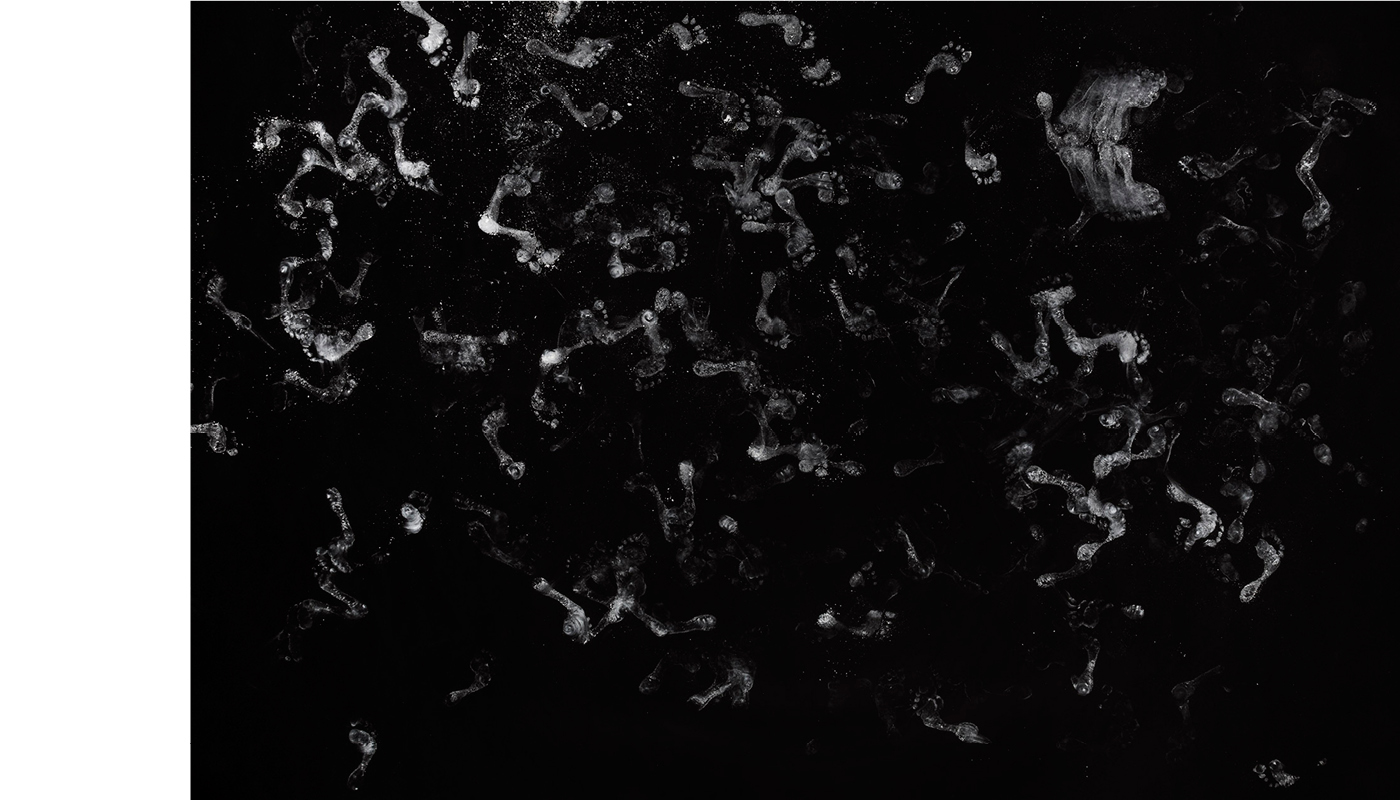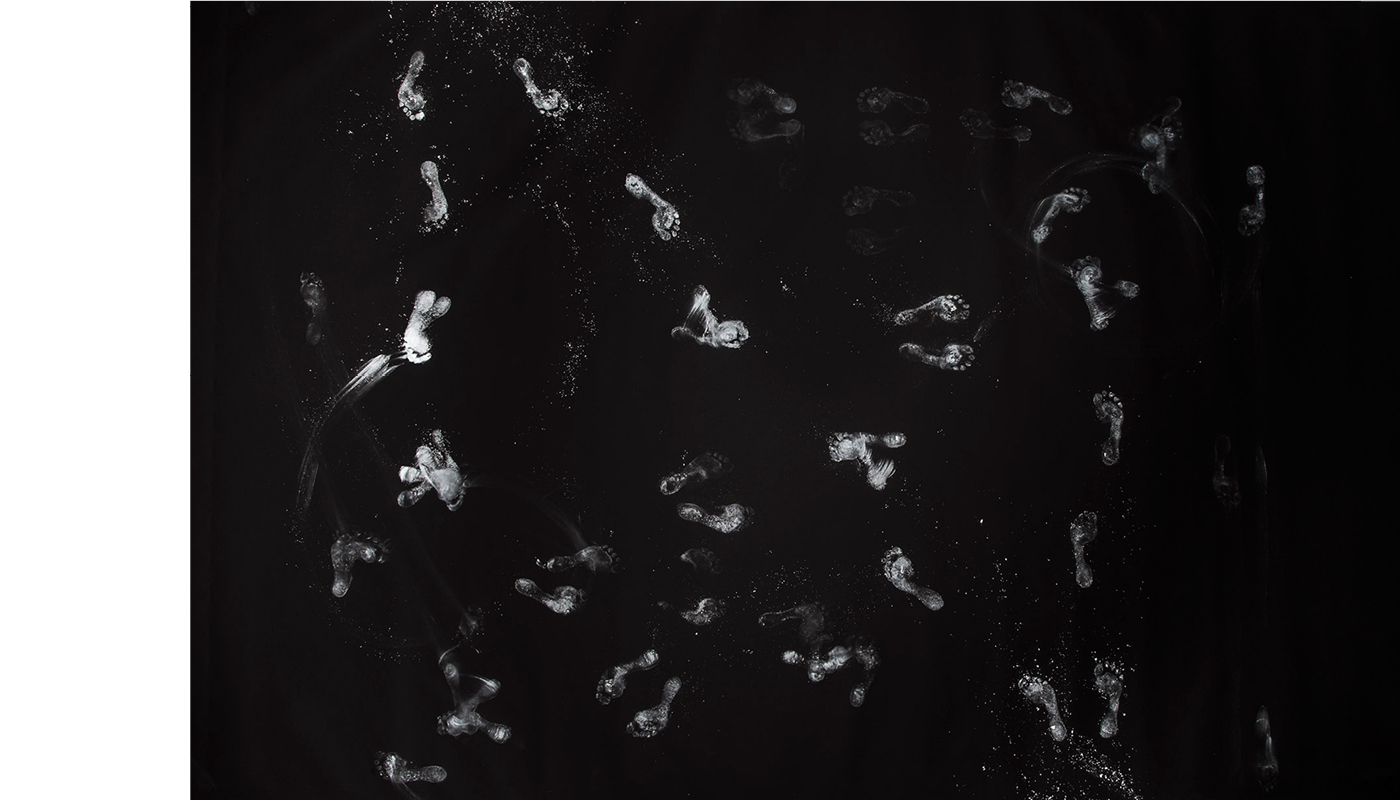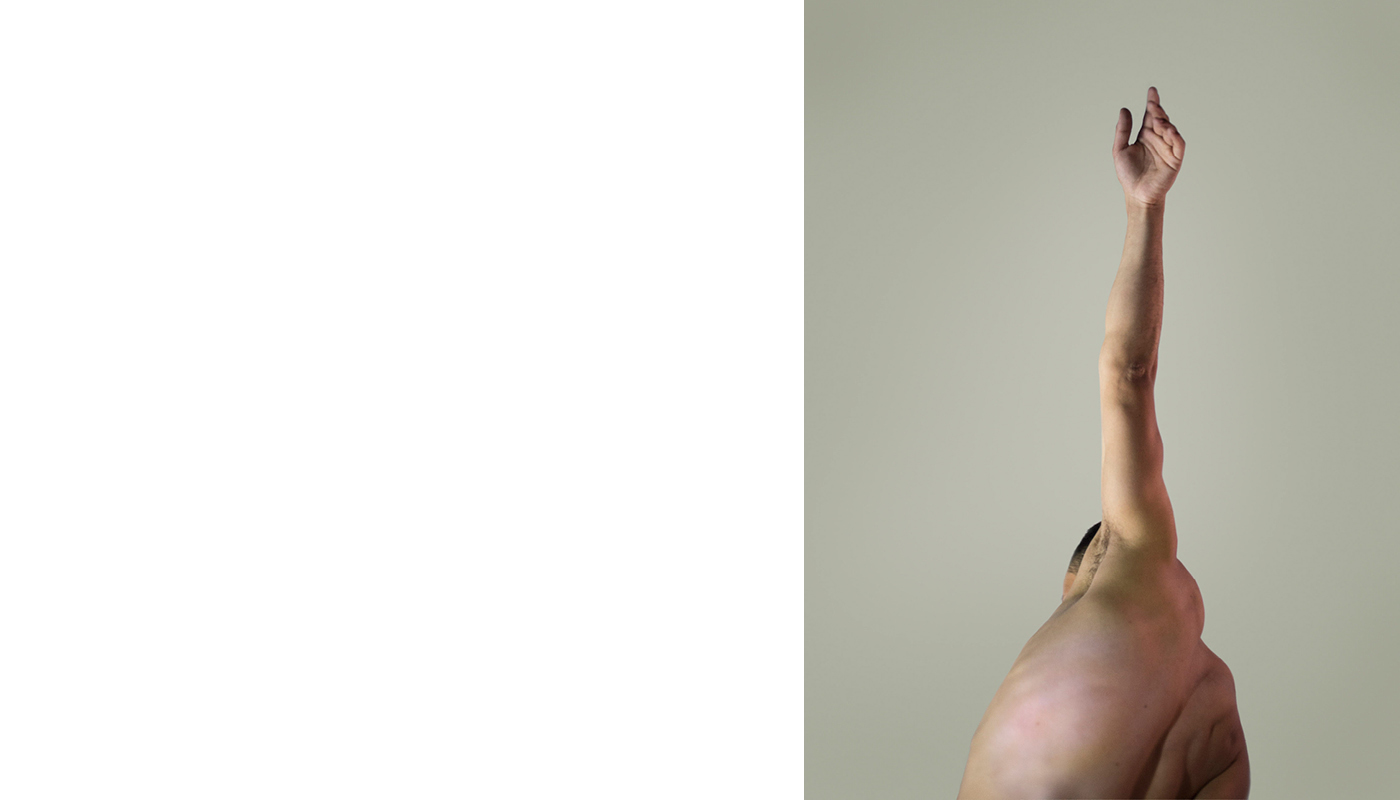project
Rewinding Bodies
context
graduation photography series on memory and dance | Communication Design (B.A.)
Darwin's role
photographer, art director
year
2017
-

-

-

-

-

-

-

-

-

-

Credits
Photography, Concept, Art Direction: Darwin Stapel
Mentors: Prof. Henrik Spohler & Eileen Huhn
»[Memory] is an act of spiritual activity and creativity as much as it‘s a state of passivity and dependence; it constitutes one’s identity as much as it changes and distorts such identity. Memory seems to be the act of retrieving something burried in the past, but it is instead the action coming from the present that institutes something past for the first time. Although memory is a journey in the inner dimension of the self, it is also at the same time, the highest act of […] exteriorization – Er-Innerung is, dialectially, Ent-Äußerung. This is the first lesson of Hegel’s philosophy.«*
*Nuzzo, Angelica: Dialectical Memory: The Intersection of Individual and Collective Memory in Hegel. In: Kattago, Siobhan (Hrsg.): The Ashgate Research Companion to Memory Studies. New York: Routledge 2015, S. 49
Humans, especially dancers, use their bodies as a storage of memory. Once lived experiences are stored as conserved memories and can be triggered and recalled in many different ways. In this project the dancer’s inidividual memories find their expression in moving gestures, their final form in still photographs and furthermore become part of a new collective reality.
In order to trigger different kinds of memories, Darwin Stapel directed the dancers in moving sequences to provoke reactions and bodily expressions. The protagonists and Darwin worked in a conceptual manner, visually distancing themselves from the human form. The traces become visible in time and space.
© Darwin Stapel, 2017









